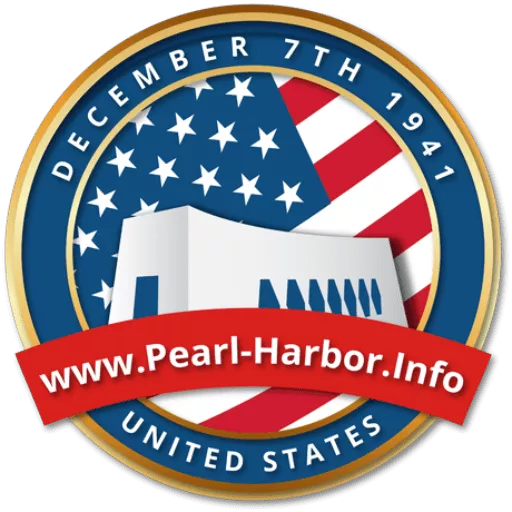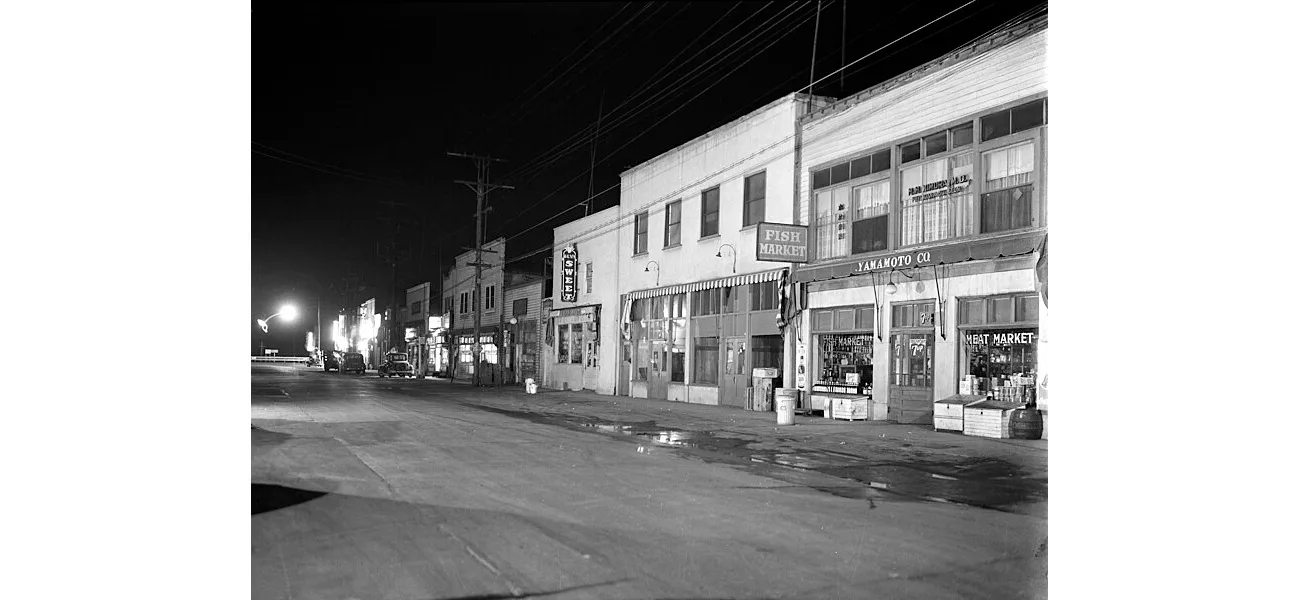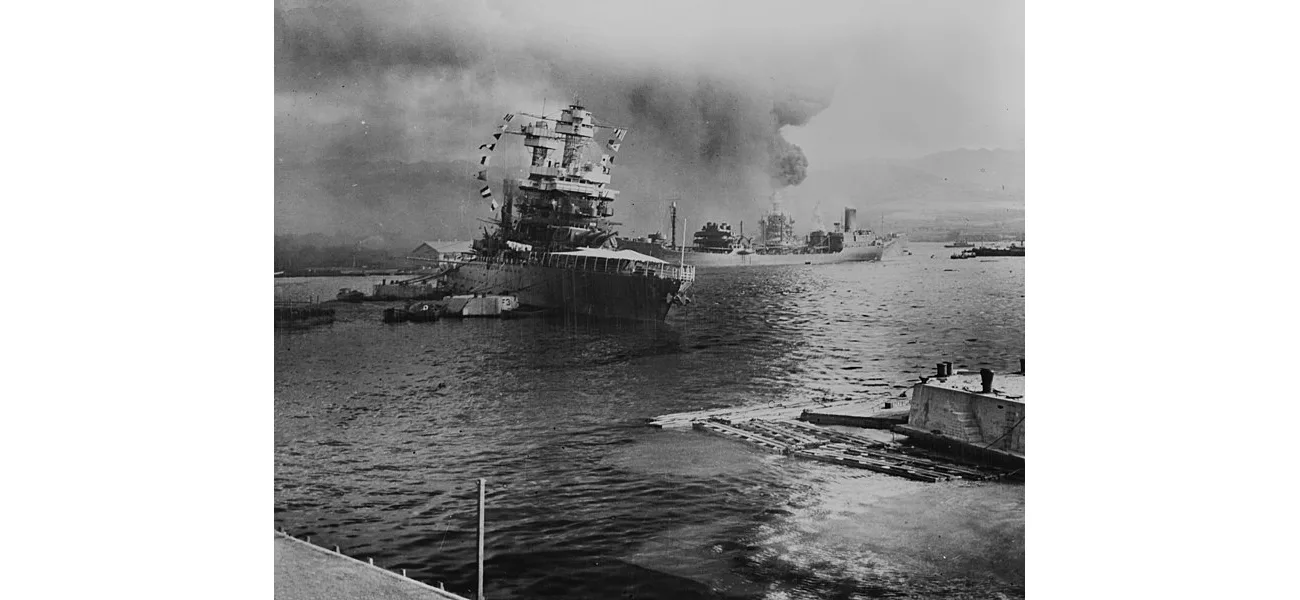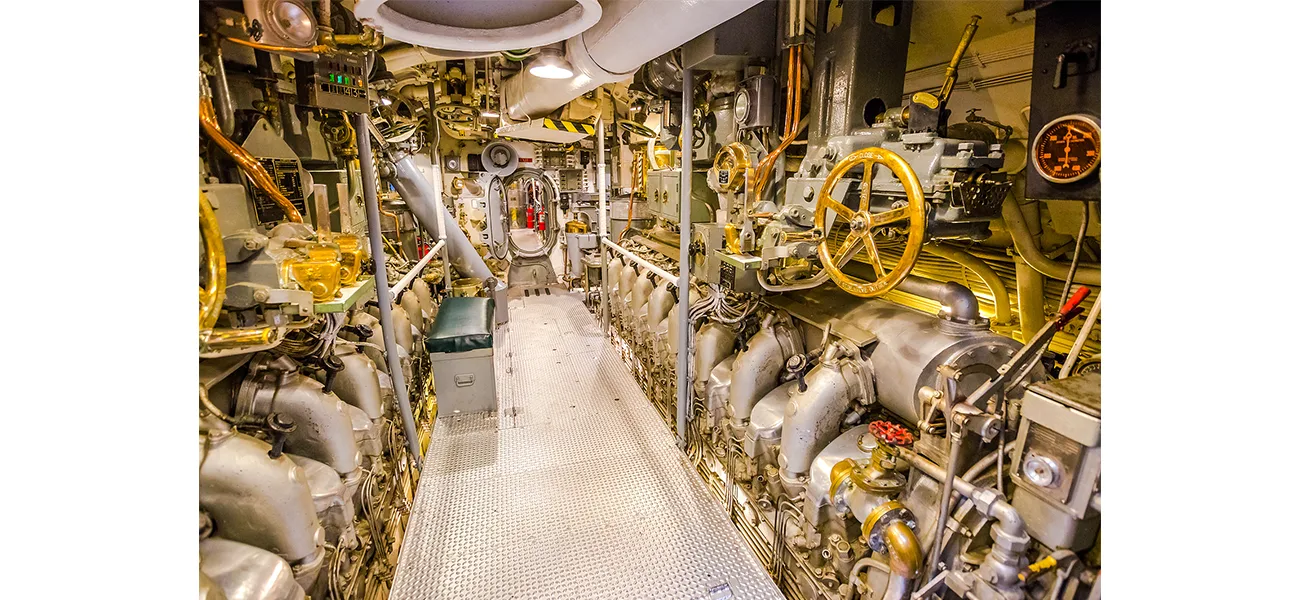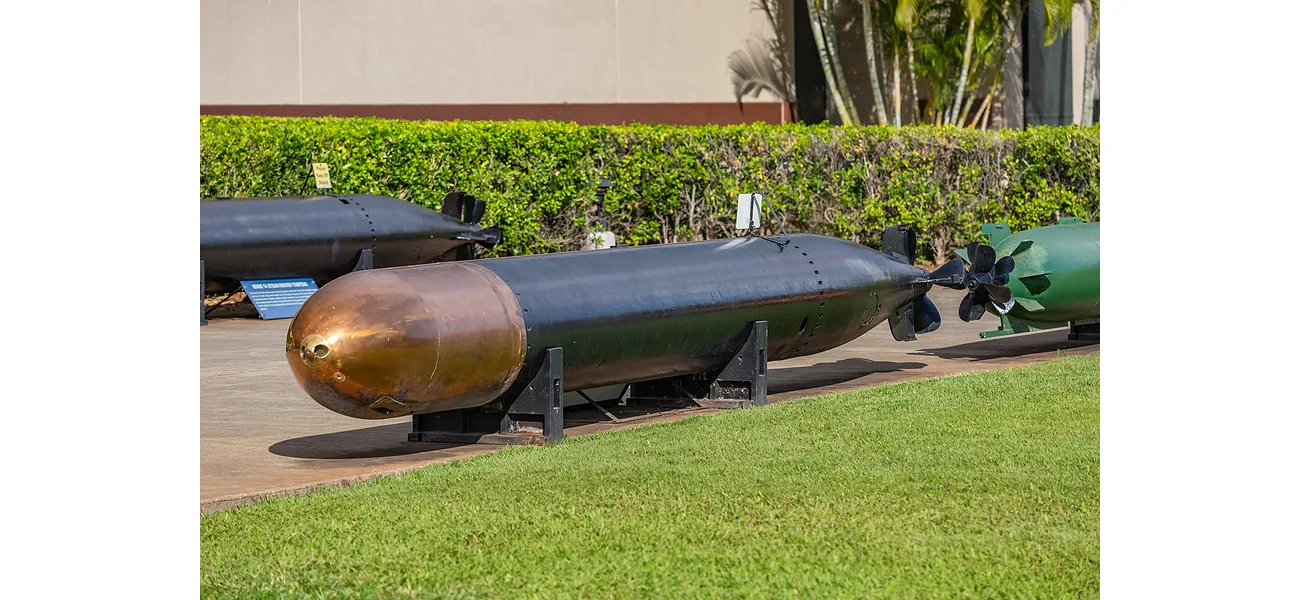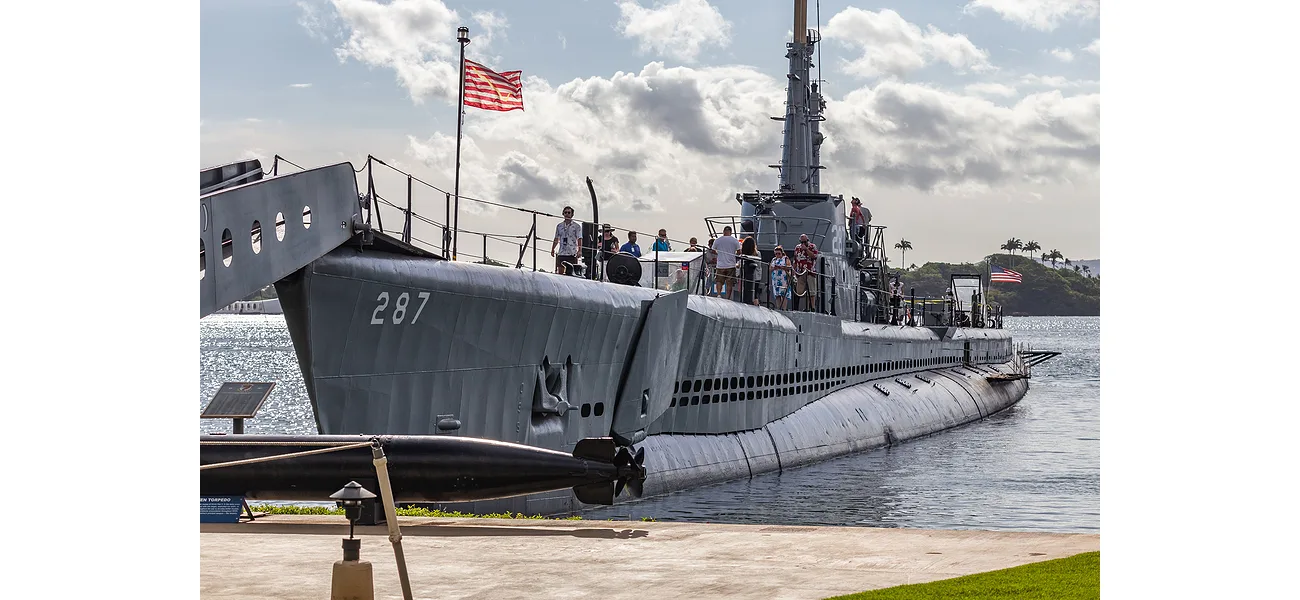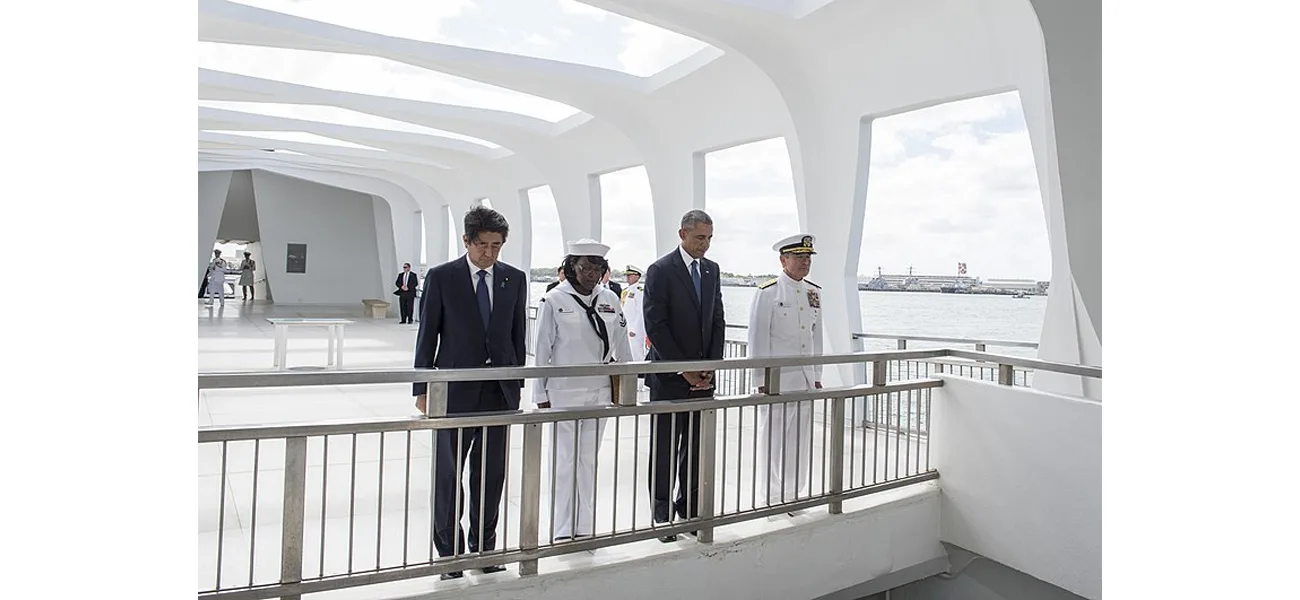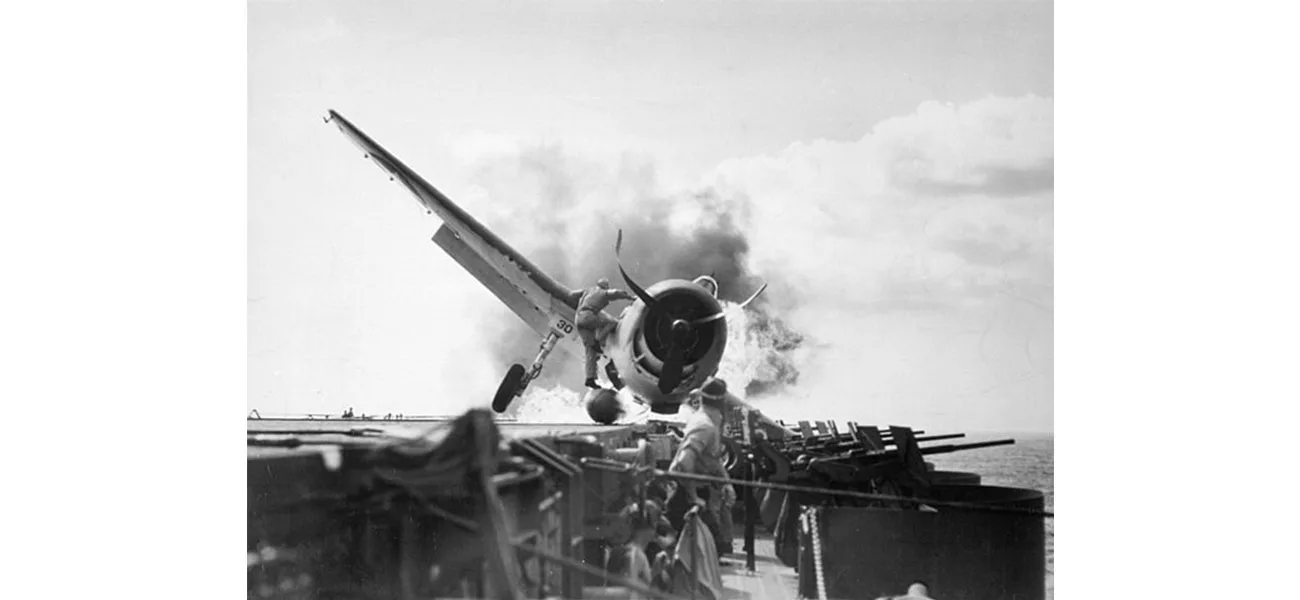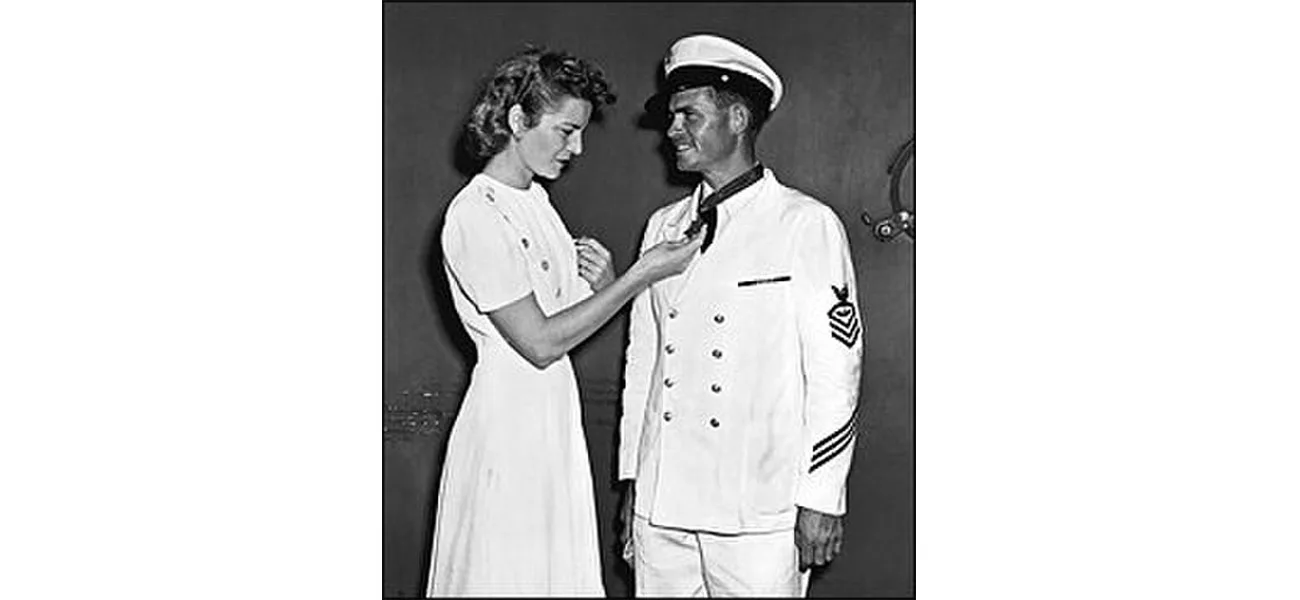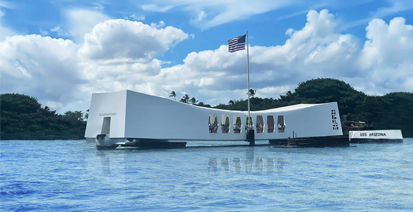Terminal Island: A Lost Tale of World War II
Terminal Island: A Lost Tale of World War II tells the story of a community profoundly altered by the events following the attack on Pearl Harbor on December 7, 1941. While the tragedy of 2,403 American servicemen who died that day is a central focus of history, the narrative often overlooks the displacement and incarceration of over 100,000 Japanese and Japanese-American citizens. Among these stories of loss is the little-known history of Terminal Island, a vibrant community between San Pedro and Long Beach, California, erased during one of America’s darkest chapters.
Life on Terminal Island Before Pearl Harbor
Terminal Island was once a thriving community. Originally named Isla Raza de Buena Gente and later Rattlesnake Island, it evolved significantly in the early 20th century. It housed a steam station operated by the Southern California Edison Company and a temporary Ford Motor Company factory. In 1927, the U.S. Naval Reserve established an aviation training center at Allen Field, further solidifying the island’s strategic importance.
This close-knit community developed its own unique culture and dialect, shaped by years of relative isolation. The residents, many of whom were fishermen and laborers, thrived in their self-sufficient enclave. However, the bombing of Pearl Harbor shattered this stability, marking the beginning of a grim chapter for these families.
The Fallout of Pearl Harbor
The Japanese planes, marked with their unmistakable red insignias, left no doubt about the origin of the attack. In the ensuing weeks, suspicion and fear gripped the nation, particularly toward individuals of Japanese descent.
For the residents of Terminal Island, this fear turned into immediate discrimination. Although they were American citizens, their ancestry became a mark of mistrust. The government deemed them a threat, disregarding their loyalty and contributions to the country.
Forced Eviction and Internment
On February 19, 1942, just two months after Pearl Harbor, Executive Order 9066 was signed by President Franklin D. Roosevelt. The residents of Terminal Island were given a mere 48 hours to pack their belongings and leave their homes.
Families scrambled to salvage what little they could, abandoning homes and businesses they had built over decades. The emotional toll was devastating, as they left behind not only their possessions but also the tight-knit community that had defined their lives.
The once-thriving neighborhoods of East San Pedro were subsequently razed, erasing the physical legacy of the Japanese-American presence on Terminal Island. The residents were sent to internment camps scattered across the West Coast, where they endured harsh living conditions, loss of freedom, and the stigma of being labeled as enemies.
A Difficult Return
The internment lasted until 1945, with the release of many detainees beginning in January of that year. For the residents of Terminal Island, the return to freedom was bittersweet. Their homes were gone, their community destroyed, and the island they had once called home was no longer accessible to them.
Most former residents were forced to start anew, relocating to unfamiliar cities and towns. The vibrant culture they had cultivated on Terminal Island became a memory, a relic of a time before war and prejudice uprooted their lives.
Preserving the Legacy
Today, Terminal Island’s history remains largely overlooked. The Los Angeles Board of Harbor Commissioners has implemented a preservation plan to protect the island, yet the stories of its Japanese-American residents are not widely remembered. The wartime injustices they endured are a sobering reminder of how fear and prejudice can devastate innocent lives.
Terminal Island stands as a symbol of resilience and loss, its story serving as a crucial chapter in the broader narrative of World War II. By revisiting and sharing this forgotten history, we honor the sacrifices and contributions of those who lived through one of America’s darkest moments.
